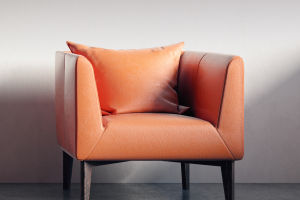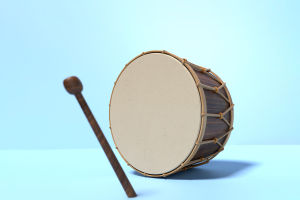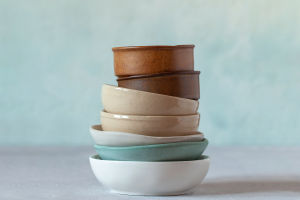Your Chopsticks (' Culture)
Did you know that chopsticks are used by over a quarter of the world's population? China, Japan, Korea, and Vietnam all have rich chopstick-using traditions, while countries like India and the Philippines generally don’t rely on them for dining.
Although chopsticks may seem like simple tools, each country uses them in its own unique way. Do you know that not everyone eats the same way with chopsticks?
Origins of Chopsticks
Chopsticks originated in China more than 3,000 years ago during the Zhou dynasty, initially used for cooking rather than eating. Over time, they became dining utensils, and their use spread across neighboring countries like Japan, Korea, and Vietnam, each adapting them to their own customs.
Cultural Significance of Chopsticks
In China, chopsticks are more than just tools; they hold symbolic meaning. For instance, gifting a pair signifies good luck, and during wedding ceremonies, they can symbolize harmony. Conversely, sticking chopsticks vertically into a bowl of rice is taboo as it resembles funeral rituals, where incense sticks are placed similarly to honor the deceased.
In Japan, chopsticks are shorter and taper to a fine point, reflecting the delicacy of Japanese cuisine. Misusing chopsticks (e.g., pointing with them or passing food between them) is considered bad manners.
Korean chopsticks, often made from metal, are used in conjunction with a spoon, and placing them on the table in a cross shape is avoided due to their association with funerals. Historically, only royal families used silver chopsticks, as the material was believed to detect poison. This metal utensil tradition has persisted and is now common across the country.
Chopstick Etiquette Across Asia
Chopstick etiquette can vary significantly by country. Here are some key dos and don’ts:
- China: Do not stick chopsticks vertically into your rice bowl as it resembles offerings made to the dead. Also, avoid drumming on bowls with chopsticks.
- Japan: Passing food from chopstick to chopstick is a funeral ritual, so it’s considered a huge faux pas at the table.
- Korea: It’s customary to use both a spoon and chopsticks at the same time, but always avoid lifting a bowl to your mouth, which is common in Chinese culture.
These differences highlight how understanding local etiquette can enhance your dining experience and avoid awkward moments.
Chinese Chopsticks Culture, How to Use Them and its Taboos #012
3 Minutes China
Materials and Shape of Chopsticks
Chopsticks are typically made of wood, bamboo, metal, or plastic, and their design reflects cultural priorities. Japanese chopsticks are short and tapered to allow for precision with delicate foods like sushi. Chinese chopsticks, on the other hand, are longer and thicker, suitable for family-style meals where people often share dishes from the center of the table. Korean chopsticks are often flat and metal, which makes them easier to clean and more durable for their cuisine, which involves a lot of banchan (side dishes).
Before you head to a country where chopsticks are used, take some time to learn about proper etiquette. It will not only make your experience smoother but also show respect for the culture you’re visiting. As for which chopstick style is easier to use? Many beginners find Chinese chopsticks easier to handle due to their length and grip.
Last funny fact! In Japan, there’s a playful tradition of chopstick games where children are taught to use chopsticks by picking up beans or small candies. Could you do it?


